Five quick ways to make your picture book shine!
Writing picture book fiction is quite possibly the hardest type of writing there is, and yet editors receive more picture book manuscripts than any other genre. To make your work stand out from the crowd, you need to do more than

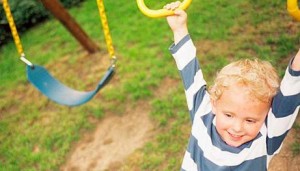
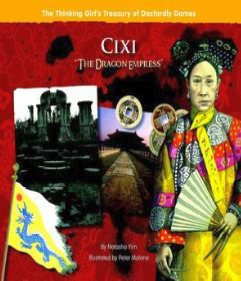
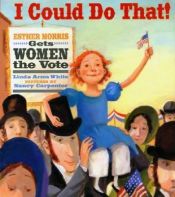 Nonfiction picture books are a hit with children in the older elementary grades. The factual information appeals to teachers and kids doing school reports, while the illustrated format makes the books accessible to readers who are intimidated by large blocks of text, and perfect to read aloud to a classroom.
Nonfiction picture books are a hit with children in the older elementary grades. The factual information appeals to teachers and kids doing school reports, while the illustrated format makes the books accessible to readers who are intimidated by large blocks of text, and perfect to read aloud to a classroom. 
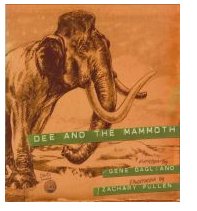
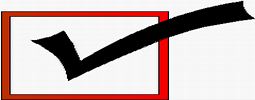 Writing picture book fiction is quite possibly the hardest type of writing there is, and yet editors receive more picture book manuscripts than any other genre. To make your work stand out from the crowd, you need to do more than study how to devise a winning plot and create
Writing picture book fiction is quite possibly the hardest type of writing there is, and yet editors receive more picture book manuscripts than any other genre. To make your work stand out from the crowd, you need to do more than study how to devise a winning plot and create 